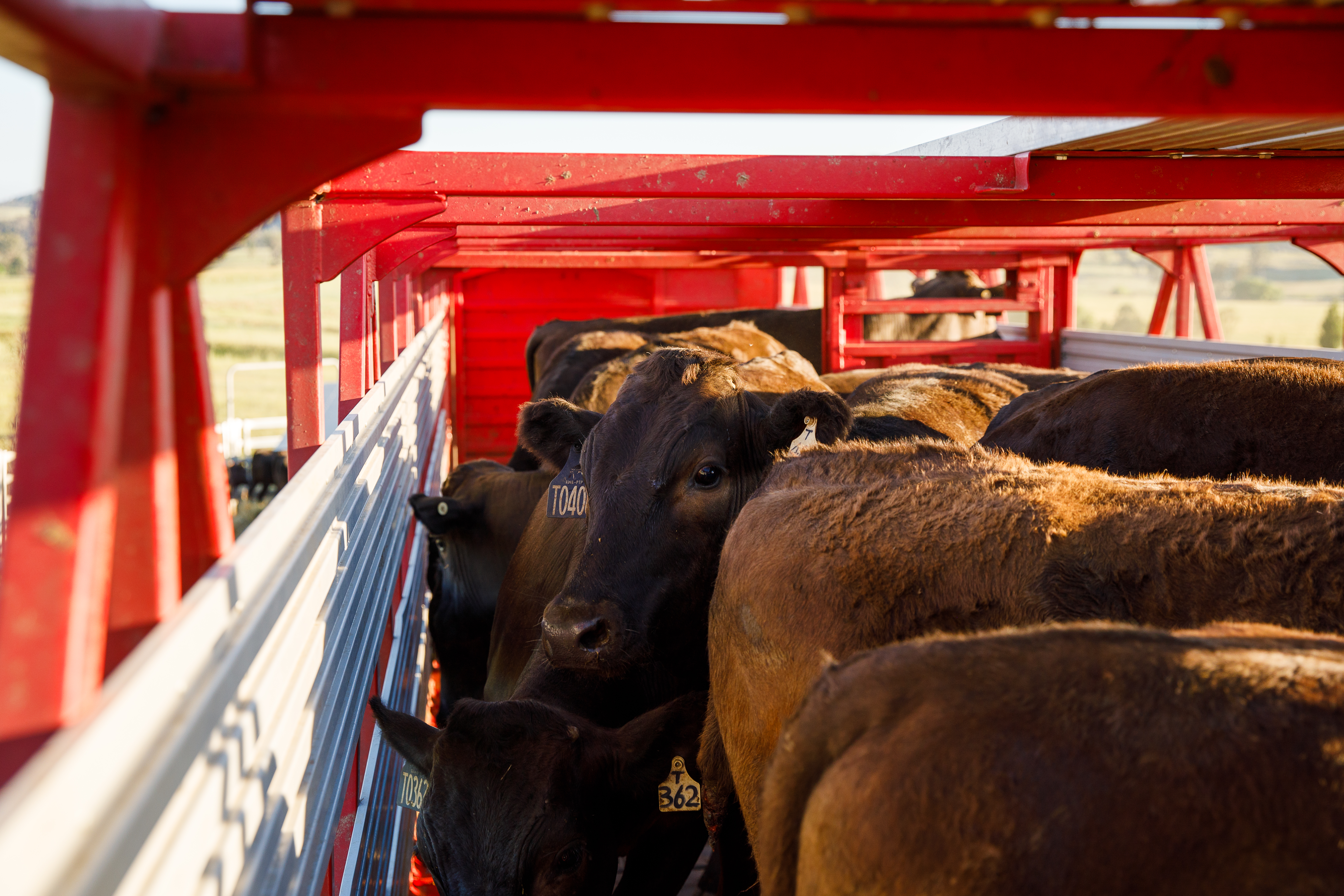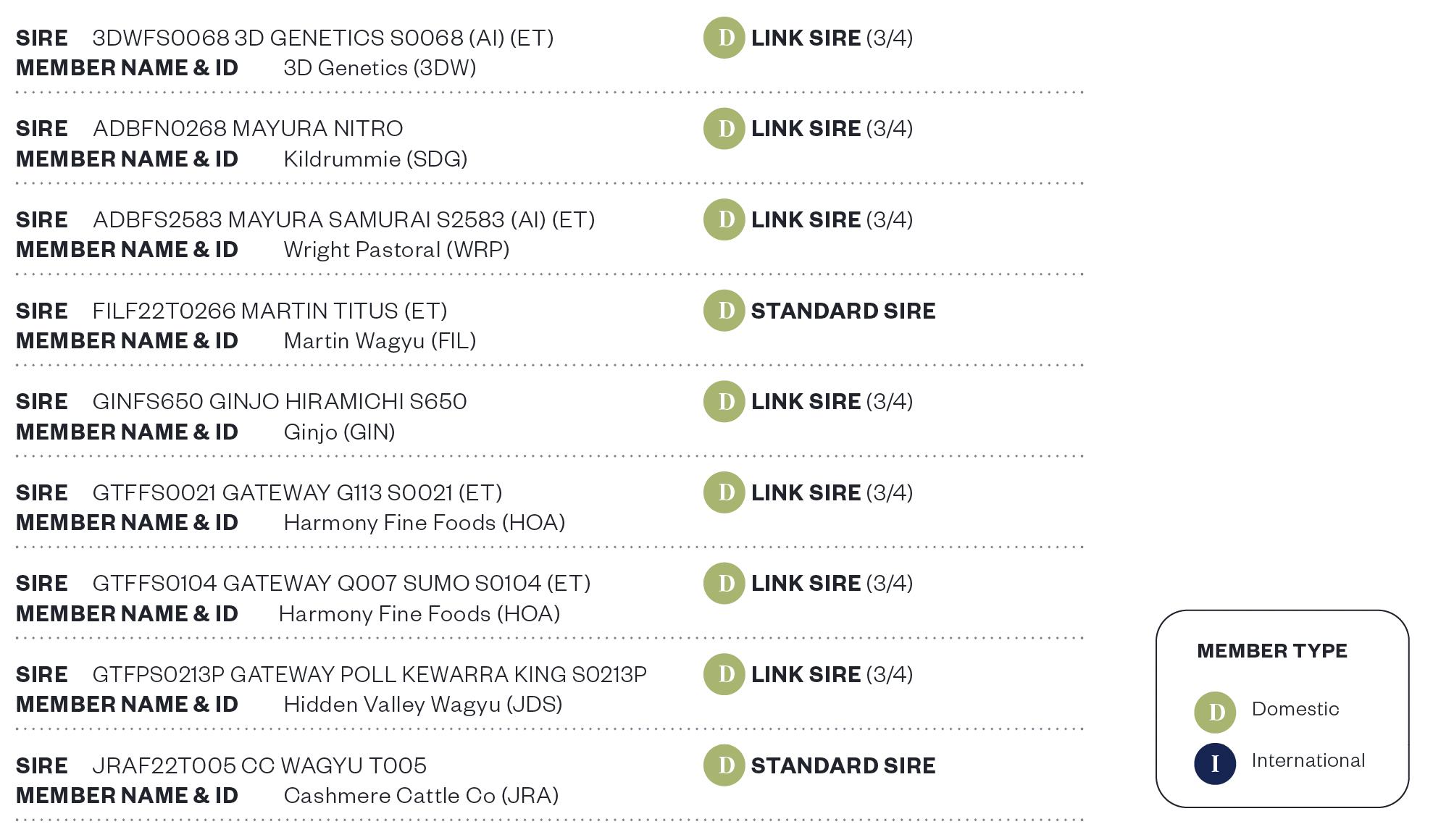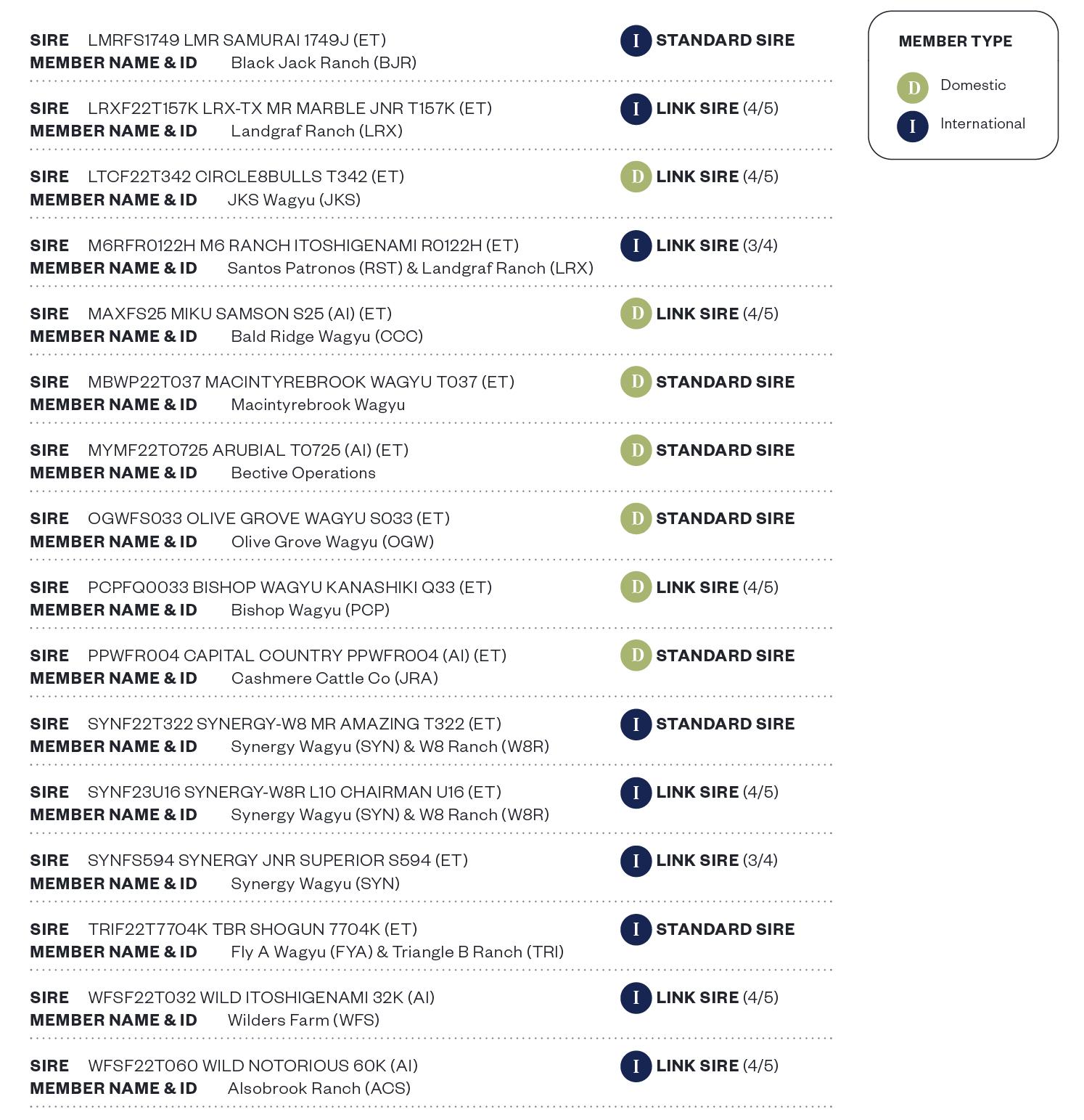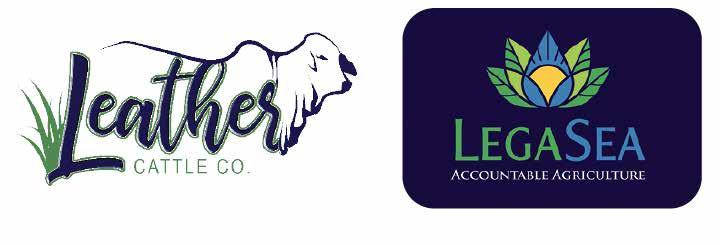
4 minute read
AWA enters fourth year of Progeny Test Program
Significant project milestones continuing to be achieved for each individual cohort
The Cohort 4 joining period commenced on 6 September and will run through to Autumn 2025, with approximately 1,500 females expected to be joined. Data for these progeny is anticipated to be entered into Wagyu BREEDPLAN as the calves are registered.
Cohort 4 sire nominations closed in May 2024 with 16 new sires accepted into the program for use during the Cohort 4 joining period. Additionally, nine Link sires from Cohort 3 are included, bringing the total number of bulls for use in Cohort 4 to 25. This increases the total number of sires that will be tested directly through the project to 97. The full sire list for Cohort 4 is provided below and on page 12, detailing the nominating herd along with additional information such as nomination type and member category. Their average Index ($) values are also provided to give an indication of their overall predicted performance. At publication, on average the Cohort 4 sires sit in the top 5% of the breed for each of the current Indexes.
Cohort 4 (Average Index ($) Values)

COHORT 4


Cohort 3
The final joinings for Cohort 3 were completed during autumn, welcoming two new contributor herds during the Autumn Joining period. These herds include Leather Cattle Co, which manages cattle across three properties in Central Queensland, and North Queensland Wagyu (LegaSea), based in Ayr, Queensland.
Currently, Cohort 3 progeny are being born across multiple contributor herds, with crucial calving data being recorded. The calving period for Cohort 3 will continue through March 2025. Sire owners can expect improvements in EBV accuracy as these progeny are registered in the coming months.

Cohort 2
Cohort 2 completed calving in March, with 668 calves currently registered. Significant increases in EBV accuracy have been observed for Birth Weight (BW) and Gestation Length (GL) , with a remaining 273 progeny still to be registered, these accuracies are expected to improve further.

Sire owners can expect accuracy increases in the 200day weight EBV as weaning data starts to be submitted to BREEDPLAN.
Cohort 1
The first of the Cohort 1 steers are approaching the end of their feeding periods, with Net Feed Intake (NFI) recorded for 123 steers, with several others currently on the Vytelle Sense feed intake nodes with Stockyard. These animals have also been scanned using the MEQ LIVE device during their NFI period. For a detailed definition of Net Feed Intake and its importance, please refer to page 28. Net Feed Intake (the difference between the actual and predicted feed intake of an individual animal) ranged between -1.71 and +1.44 across the first two PTP contemporary groups. Animals had an average starting weight of 444 kg and an average weight of 520 kg at the end of the trial, reflecting an average daily gain (ADG) of 1.09 kg across the two contemporary groups. ADG ranged from 0.62 kg to 1.58 kg.
The average daily dry matter intake (DMI) for individual animals ranged from 6.76 kg to 10.91 kg, with an average of 8.59 kg/day. This would indicate that over a 400-day feeding period:
Animals at the top of the range consume 2.32 kg MORE feed per day than the group average. Over 400 days, an individual animal could consume an extra 928kg of feed compared to the average.
Animals at the bottom of the range consume 4.15 kg LESS feed per day than those at the top of the range. Over 400 days, an individual animal could consume 1,660kg less feed compared to the animals with the highest intake.
Feed Conversion Ratio (FCR), which measures the amount of feed consumed per unit of weight gain on a dry matter basis, ranged from 5.21 to 12.49, with an average of 8.07, after adjusting for variations in animal age. The variations in NFI, ADG, DMI, and FCR highlight the significant differences in feed consumption and efficiency between individual animals, underscoring the need for selection tools to give producers the ability to make selection decisions in relation to these traits.
The first group of Cohort 1 steers is scheduled for slaughter in November 2024, followed by larger contemporary groups in February 2025. During this time, the AWA team will be busy collecting samples for fatty acid profiles, MIJ objective camera data and near-infrared spectroscopy. The AWA is eagerly awaiting to share carcase data with Sire Owners. The following average accuracy increases have been observed in the Cohort 1 sires.







